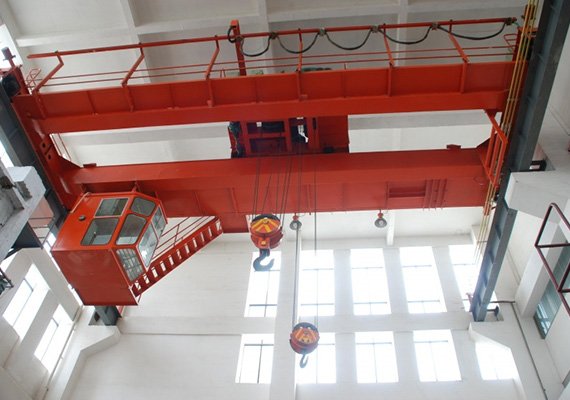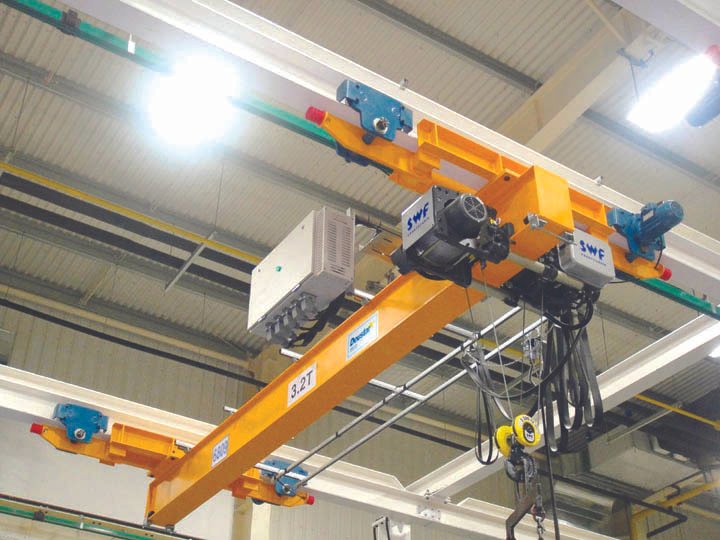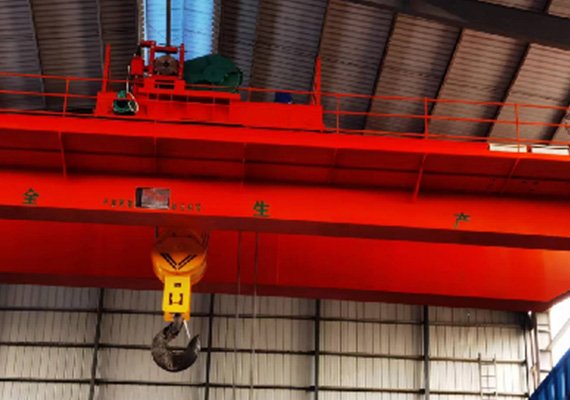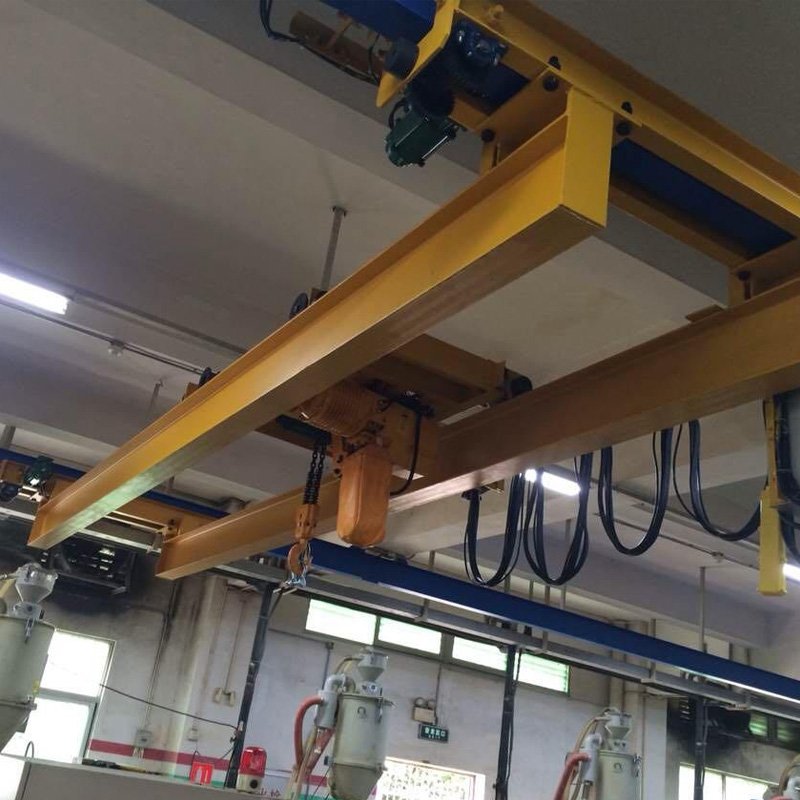Efficient material handling is crucial for any industrial facility, workshop, or warehouse. Choosing the right lifting equipment can significantly impact productivity, safety, and operational costs. Among the most common lifting solutions are portable crane hoists and traditional overhead cranes. While both serve the purpose of lifting and moving heavy loads, their features, advantages, and applications differ significantly. Understanding these differences helps businesses make informed decisions when investing in lifting equipment.
Overview of Portable Crane Hoists
A portable crane hoist is a compact and versatile lifting solution designed for flexibility and mobility. Unlike fixed cranes, portable crane hoists can be easily relocated, making them ideal for workshops, small factories, maintenance projects, and warehouses.
Key features include:
- Mobility: Lightweight design allows relocation between different workstations or job sites.
- Ease of use: Minimal setup is required, reducing downtime and labor costs.
- Adjustable lifting height: Many models come with adjustable heights to handle varying load sizes.
- Electric hoist integration: Provides smooth and precise lifting for delicate or repetitive tasks.
The primary advantage of a portable crane hoist is its flexibility. It allows operators to perform lifting tasks efficiently in spaces where fixed cranes are not practical or cost-effective.
Overview of Traditional Overhead Cranes
Traditional overhead cranes are fixed lifting systems installed on tracks or rails in large industrial facilities. These cranes are designed to handle heavy loads and continuous operation, making them suitable for heavy manufacturing, steel plants, and large warehouses.
Key features include:
- High load capacity: Can lift extremely heavy loads that portable cranes cannot handle.
- Durability: Built for long-term use with minimal maintenance in industrial environments.
- Continuous operation: Ideal for assembly lines and high-frequency lifting tasks.
While overhead cranes provide unmatched lifting capacity and stability, they require significant infrastructure, including rails and support structures, which increases installation costs and reduces flexibility.
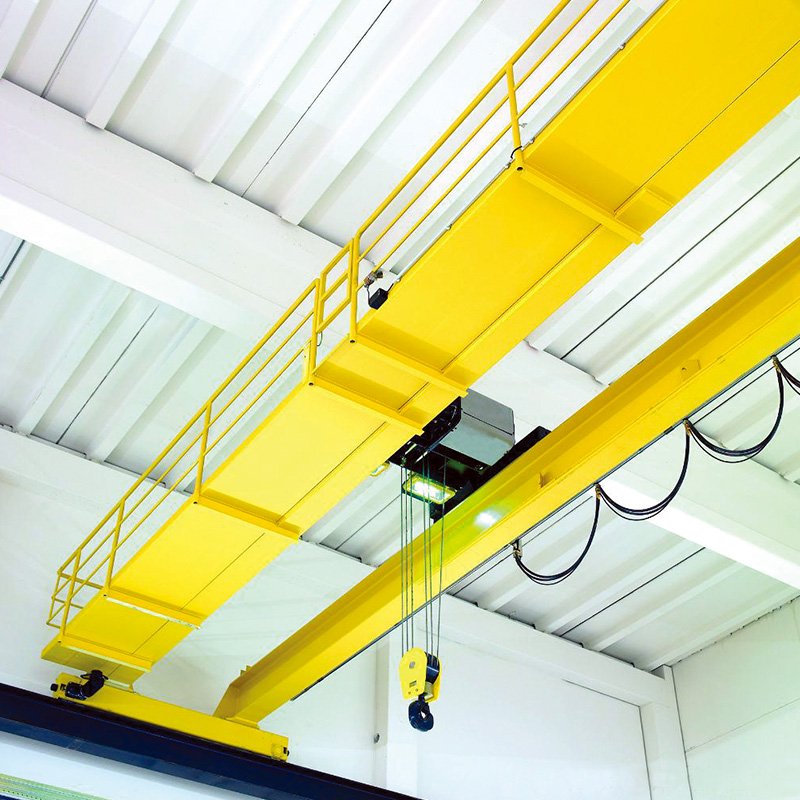
Key Differences Between Portable Crane Hoists and Overhead Cranes
Understanding the differences between a portable crane hoist and an overhead crane helps businesses choose the right solution for their needs:
- Mobility:
Portable crane hoists can be moved easily across different areas, while overhead cranes are fixed to rails or building structures. - Installation and Setup:
Portable crane hoists require minimal setup and no permanent installation, making them ideal for temporary or multi-location use. In contrast, overhead cranes need professional installation and structural support. - Cost:
Portable crane hoists are generally more cost-effective for small to medium operations, offering significant savings on installation and maintenance. - Load Capacity:
Overhead cranes lift heavy loads continuously, while portable crane hoists handle lighter to medium-weight tasks. - Flexibility and Applications:
Portable crane hoists offer unmatched flexibility for temporary setups, small workshops, and maintenance tasks. Overhead cranes are suited for large-scale operations that require consistent and heavy lifting.
Choosing the Right Lifting Solution
Selecting the appropriate lifting equipment depends on several factors:
- Load weight: Heavy industrial loads may require an overhead crane, while lighter loads can be managed with a portable crane hoist.
- Frequency of use: Continuous high-volume lifting favors overhead cranes, whereas occasional lifting is ideal for portable solutions.
- Workspace size: Small or multi-purpose workshops benefit from the compact design of portable crane hoists.
- Budget considerations: Portable crane hoists provide a cost-effective solution without significant infrastructure investment.
- Portability needs: If operations require moving the lifting device between sites, portable crane hoists are the clear choice.
For example, small workshops handling maintenance, machinery installation, or temporary lifting tasks often find portable crane hoists more efficient and economical. Steel plants and large warehouses use overhead cranes for heavy lifting and continuous production.
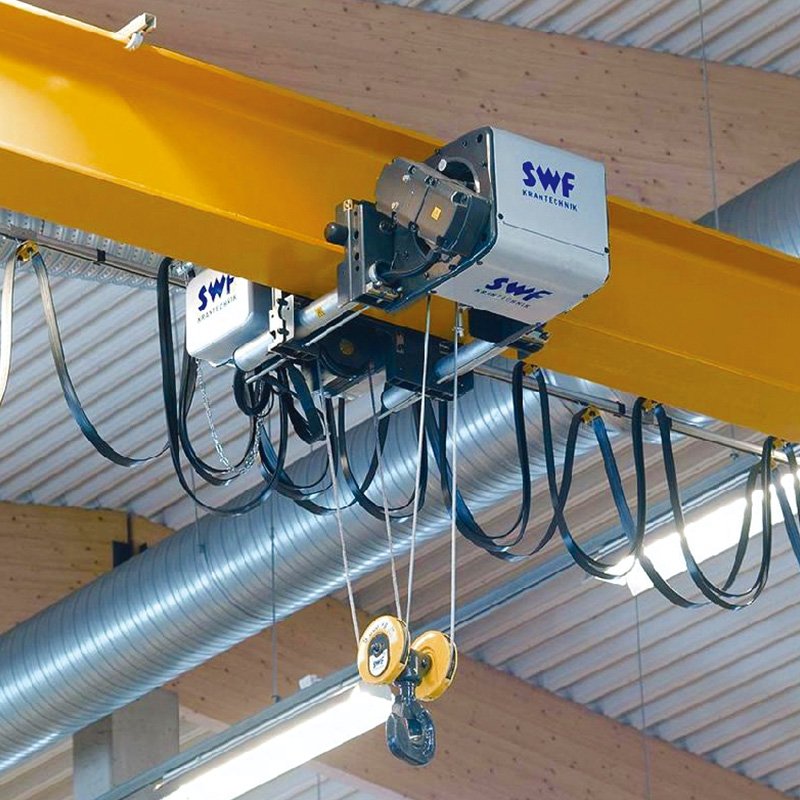
Conclusion
Both portable crane hoists and traditional overhead cranes offer unique benefits, and the choice depends on operational requirements, load capacity, workspace size, and budget. Portable crane hoists excel in flexibility, portability, and cost-effectiveness, making them ideal for small to medium industrial operations, workshops, and maintenance projects. Overhead cranes, on the other hand, provide unmatched lifting power and durability for large-scale, continuous operations.
For businesses seeking adaptable and efficient lifting solutions, exploring portable crane hoist options can optimize workflow, enhance safety, and reduce labor costs. By understanding the key differences, companies can make informed decisions and implement lifting equipment that best fits their operational needs.
Contact us:
Mr. Liu
Phone/WhatsApp/Wechat: +86-13751538898
Email: yonghaoqizhong@163.com

